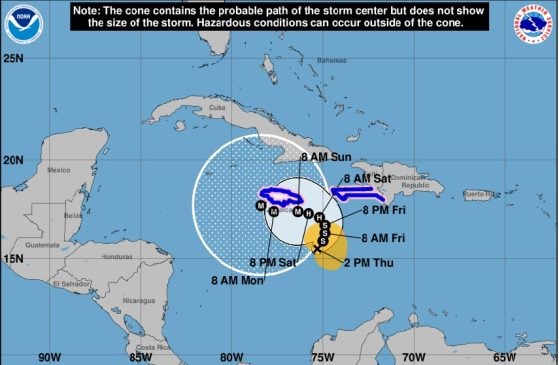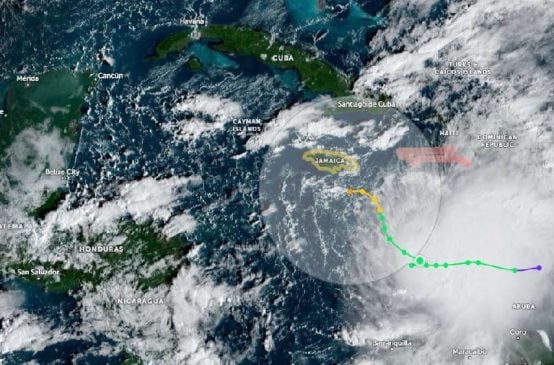Cancun, Riviera Maya — Although the 2021 Atlantic Hurricane season is technically months away, government officials who forecast the seasonal events say they will be doing so early this year. Agencies including the NOAA say they will begin their hurricane forecasting in May rather than on the seasonal day of June 1.
The move up is due to the unprecedented 2020 hurricane season and surge of May storms. Jeff Masters of Weather Underground says “there’s a less than a 10 percent chance, according to NOAA, that there will be an El Niño this fall. Looking at ocean temperatures that are above average in the Caribbean and main development region, early signs are pointing to above average hurricane activity.”
However, Allan Clarke, professor of Earth ocean and atmospheric sciences at Florida State University said “what’s happening at the moment is La Niña is dying and it’s going to keep dying toward neutral and that’s what I think will happen and that’s what the models say will happen.
“Neutral is neutral, it doesn’t change things,” he said explaining that it does, however, make figure predictions and the strength of the tropical cyclones more difficult to determine.
Last year, forecasters believed La Niña would make an appearance late summer or early Fall, leaving some to predict an above normal to “extremely active” hurricane season. By September, La Niña arrived and the 2020 Atlantic Hurricane Season, which lasted into November, was one of the busiest on record with 30 named storms, including 13 hurricanes.
Masters agrees, saying years recorded with a La Niña or neutral climate pattern both carry a higher potential for landfalling storms.
In December, the Colorado State University forecast team predicted a 65 percent change of an above-normal Atlantic hurricane season, based partly on the notion that La Niña does not transition to an El Niño quickly.
The university says that both La Niña and El Niño have influence in the mid-latitudes, but are mostly associated with the tropics and subtropics. During El Niño, water across the eastern Pacific warms, making radical shifts to rainfall patterns. With La Niña, waters in the Pacific cool, rainfall retreats and westerly winds wane, leaving the Atlantic vulnerable to tropical cyclones.
Now, however, the team of researchers at Colorado State are expecting a 90 percent probability of an average or above average season. The university says they will publish their first prediction for the upcoming 2021 Atlantic Hurricane Season on April 8. The NOAA says they will begin monitoring May 15.
“About half the time when you get a La Niña, it carries on to a second hurricane season and that is kind of in the cards this year,” Masters said. “You don’t see it flip from La Niña to El Niño in one year very often.”


